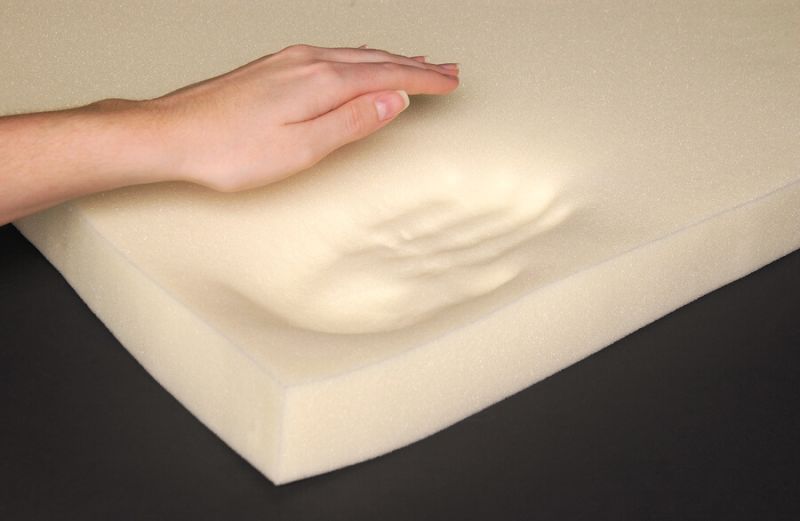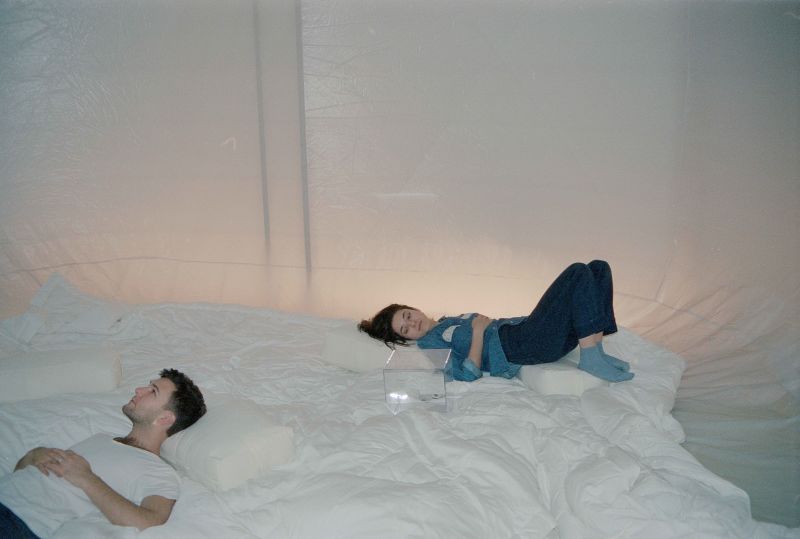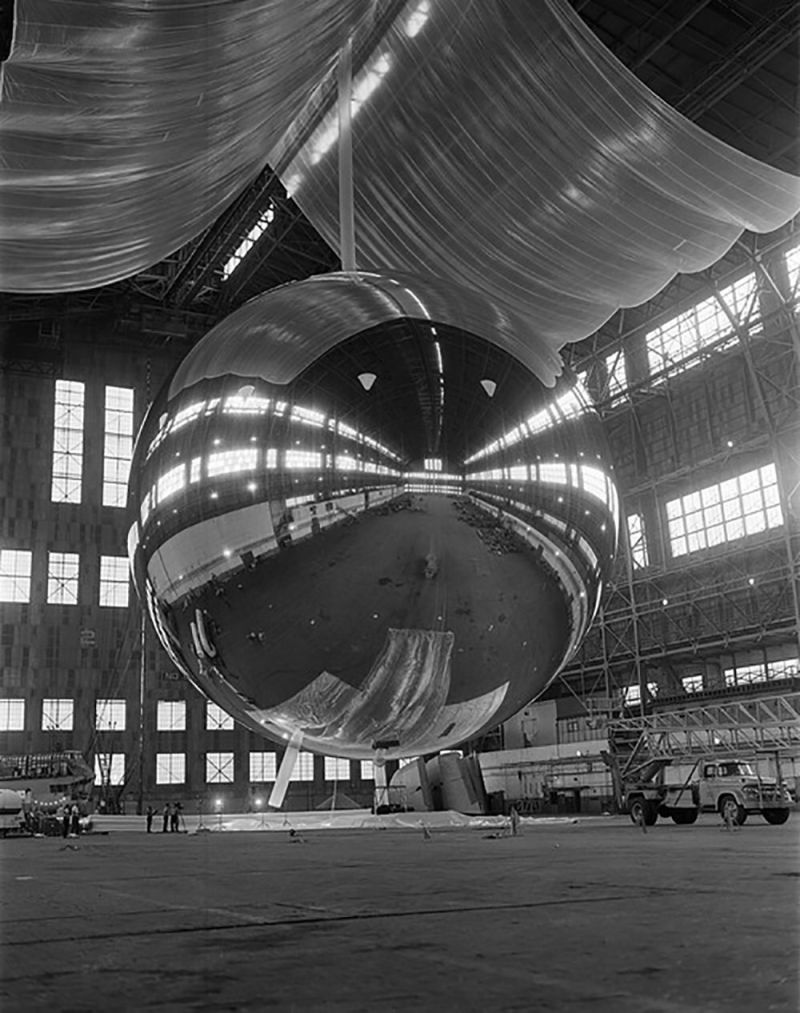
How We Find Inspiration In Utopian Ideas Of The Past
Historical reminders that a balanced relationship with nature is within reach, so long as you have a little imagination.
Date Posted
December 3, 2018
It's in our nature to come up with solutions to the problems in front of us. We build structures to protect from the elements, tools to farm, vehicles for travel. Every adaptation to our surroundings could be interpreted as a utopian vision, an idea of ways in which things could be made different, better. In the 1960s and '70s, a set of architects and designers, known to some as hippie modernists, dreamt up wildly optimistic visions of the future. Responding to the decades of global turmoil punctuated by the start of the Cold War, the hippie modernists wanted to imagine a future in which societies sought to achieve a more harmonious balance with nature.
Some of their utopian experiments explored how an awareness of environmental and personal safety could be applied in everyday life via distinct technologies, materials, and design methods. The hippie modernists perhaps placed an outsized emphasis on the power of design over politics for their solutions, but it doesn’t mean they weren’t on to something. Below are a few of the most inspiring ideas to come out of the movement.
Pneumatic Architecture
For those designers and artists that were interested in new and innovative materials, a favored form was the pneumatic inflatable: temporary structures which were simple and easily-deployable for artistic happenings, childlike play, or political agitation.
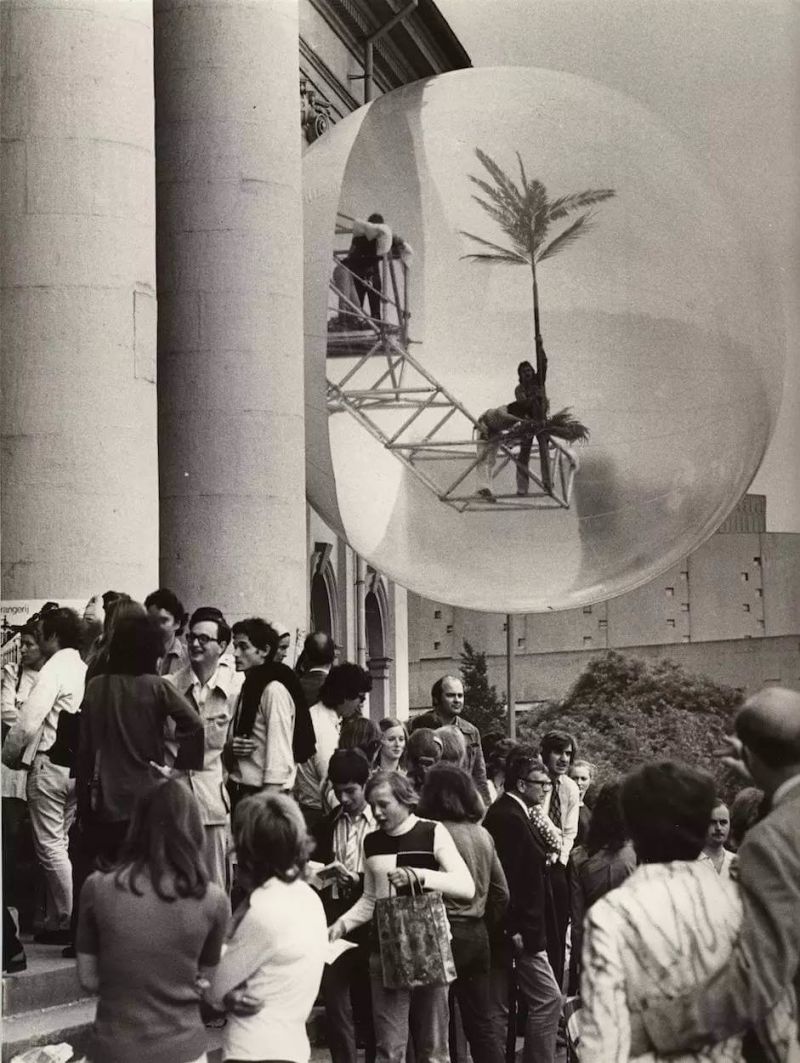
Haus-Rucker-Co were some of the preeminent experimenters, creating Pneumatic structures of containment and insulation.
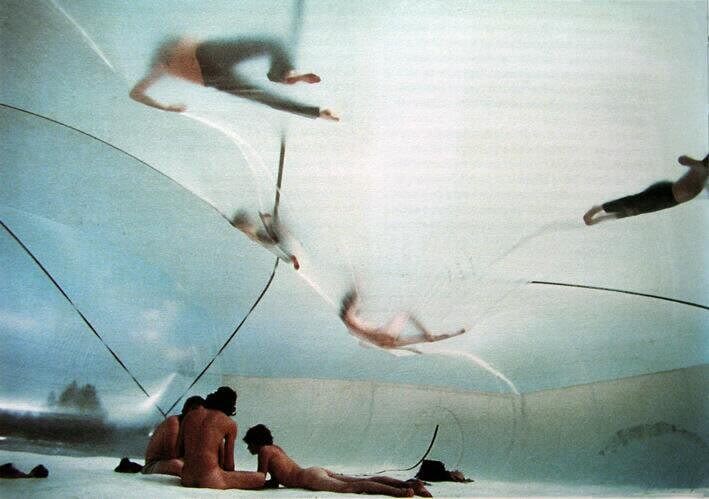
Ant Farm, a collective formed in San Francisco in 1968, used innovative construction technology to create portable, inexpensive, inflatable shelters that catered to emerging nomadic and communal lifestyles. This was the hippie modernist dream of a globally-scalable shelter system.
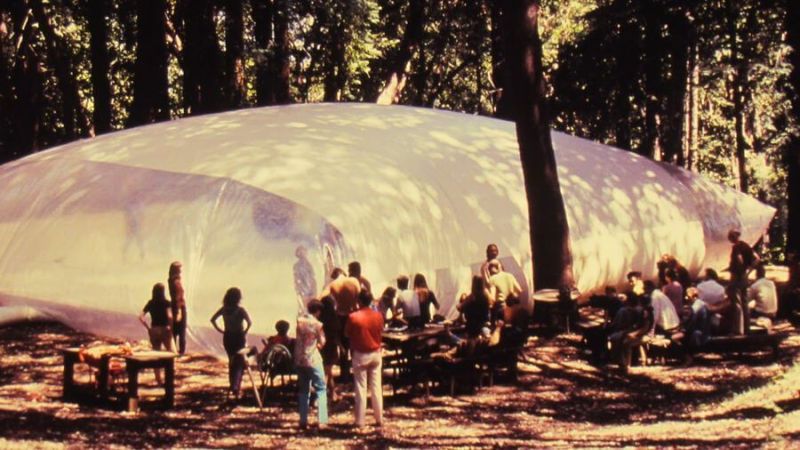
Amorphous in form, cheap, easy to transport and to assemble with no expert knowledge, the inflatables constituted an early kind of ecological and participatory architecture that allowed the users to take control of their environment.
Naturally, we identify with these tactile shapes—so puffy, so squishy, so insulated. But what deeply resonates with us is their optimistic attitude towards changing and improving environments, both global and personal.
Modular Living
In a similar vein, a range of other design methods from the time used flexible and modular systems to redefine shelter and living environments.
One of the most influential architectural thinkers and engineers of his time, Buckminster Fuller, devised the principle of the geodesic dome—a light but extremely strong dome structure that can be easily built with store bought materials – in the late 1940s. It was quickly adopted by experimental communities across the country, including Drop City, the first ever rural hippie commune in Colorado.
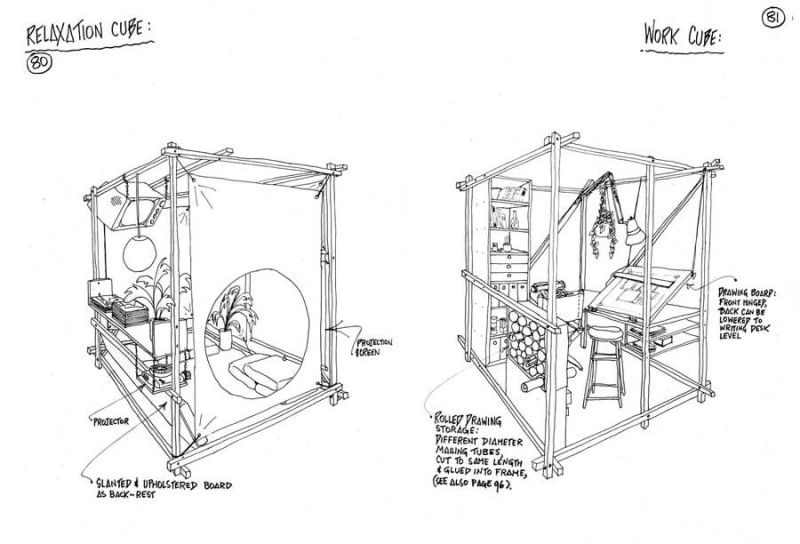
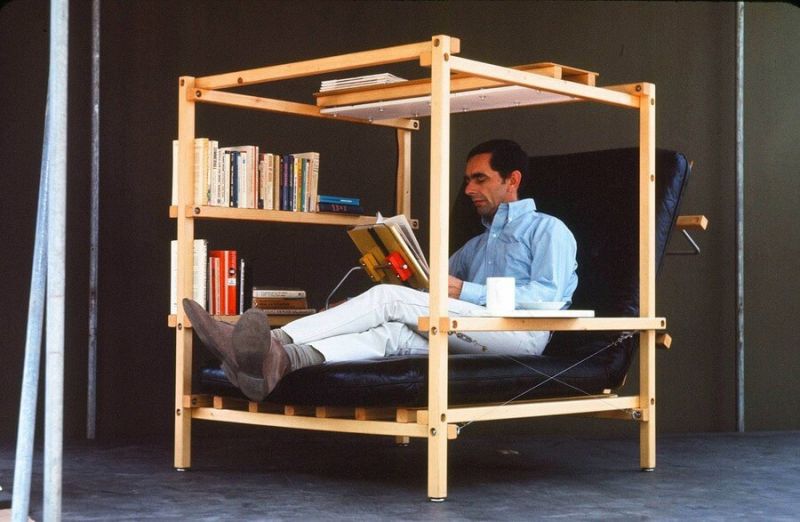
Victor Papanek, designer, educator and author of the always relevant book/manual Nomadic Furniture, promoted ethical design that was socially and ecologically responsible. After spending time studying and living with a number of indigenous communities, he became a vocal critic of multinational corporations and the rise of rampant consumer culture and environmental damage.
Looking Forward: HyperComfort

Humans have designed a myriad of ways to mediate between ourselves and the outside world: from thick socks, to architecture, air conditioning and Gore-Tex to comforters. These are all tools for creating personal climates, and comfort zones for personal homeostasis. ‘Comfort’ is often an implicit goal in design work. Designers seek to optimize our surroundings to require the minimum amount of energy—both physical and cognitive—from the human body.
But comfort can be complicated and subjective, depending enormously on regional and personal preferences. It is often defined as passive, as only the absence of discomfort. So how can we make the most comfortable comforter, while also striving for something greater? Can we simultaneously consider personal environments and the global environment. In other words, how can we move beyond comfort…to HyperComfort?
HyperComfort is a whole system of comfort, reaching beyond ourselves. It is an active mode of comfort, reinforcing values we can feel good about: enabled by technologies and materials which are exploitation- and cruelty-free. So comfortable it almost feels it must be somehow…extra.
